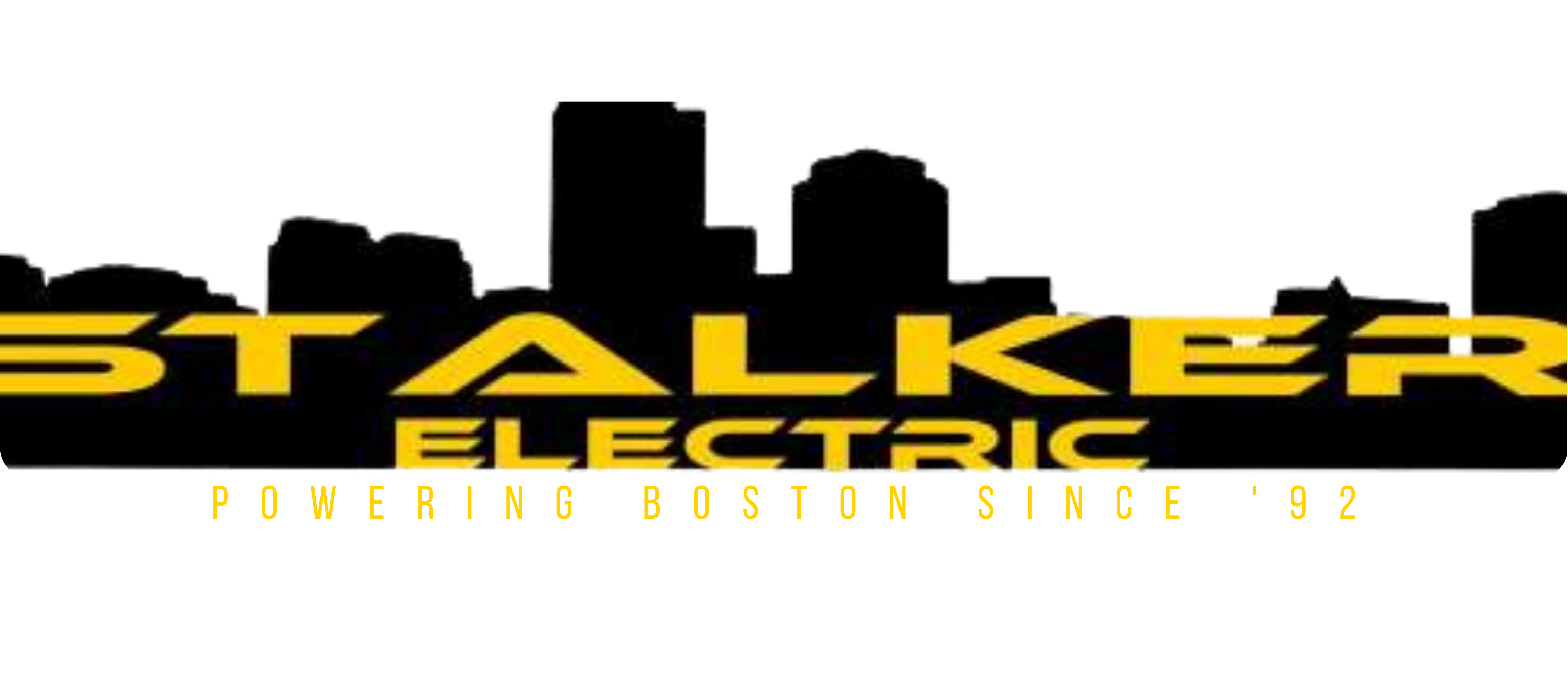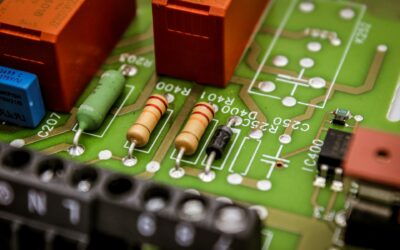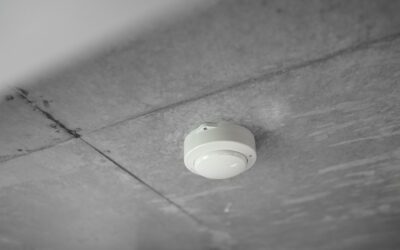Understanding control systems is important for any electrical project. Two main types of control systems are AC (Alternating Current) and DC (Direct Current). Both are used to power different devices and systems, but they work in unique ways.
AC control systems are commonly found in homes and businesses. They are great for long-distance power transmission because the current can easily be transformed to different voltages. On the other hand, DC control systems are known for providing a steady current, making them ideal for many industrial applications and electronic devices.
Knowing the differences between these two control systems can help you choose the right one for your needs. Each system has its own advantages and disadvantages, depending on the application. This article will guide you through the basics and provide valuable insights into AC and DC control systems. This can help you make informed decisions and enhance the efficiency of your projects.
Understanding the Basics: What Are AC and DC Control Systems?
AC and DC control systems are essential components in many electrical setups. AC stands for Alternating Current, while DC stands for Direct Current. These control systems help manage and regulate the flow of electricity to ensure devices and machinery operate smoothly and safely.
AC control systems use electricity where the current changes direction periodically. This type of electricity is commonly found in homes and offices because it is efficient for long-distance power transmission. On the other hand, DC control systems use electricity that flows in one direction only. This type of system is often found in batteries and electronic devices like laptops and cellphones. Knowing how these systems work helps in understanding their specific applications and benefits.
Key Differences Between AC and DC Control Systems
Understanding the differences between AC and DC control systems is important for choosing the right one for your needs. One major difference is how they deliver power. AC systems change the direction of the current periodically, while DC systems provide a constant flow of electricity in one direction.
Another key difference is in their applications. AC systems are often used for powering buildings because they are more efficient for transmitting electricity over long distances. DC systems, however, are used for smaller devices and specific industrial applications where constant voltage is required. Additionally, AC systems tend to be easier to maintain and are compatible with the power grid, making them ideal for general use. DC systems offer better control over electronics and are more efficient for low-voltage applications. Understanding these differences helps in making informed decisions about electrical installations.
Advantages and Disadvantages of AC Control Systems
AC control systems are widely used in homes and commercial buildings. One of the major advantages of AC systems is their ability to transmit power over long distances without significant energy loss. This is particularly useful for larger buildings and structures. AC systems are also easier to transform to different voltage levels, making them versatile for various applications.
However, AC control systems do have some disadvantages. They can be less efficient for some types of equipment, especially those that require a constant, smooth flow of electricity. Additionally, AC systems tend to produce more electrical noise, which can interfere with sensitive electronic equipment.
Advantages and Disadvantages of DC Control Systems
DC control systems are known for their efficiency and steady current supply. This makes them ideal for applications requiring a constant voltage, such as battery charging and certain types of industrial machinery. DC systems are also capable of providing high torque at low speeds, which is beneficial for specific industrial applications.
On the downside, DC control systems can be more expensive to set up initially. They typically require more complex machinery, such as converters, to change AC to DC. Additionally, DC systems are not as effective at transmitting power over long distances, which can limit their use in larger commercial buildings.
Conclusion
Understanding the basics of AC and DC control systems, along with their key differences, helps you make informed decisions about which system best suits your needs. Each system has its own set of advantages and disadvantages, and knowing them can greatly enhance the efficiency and safety of your projects.
Choosing the right control system is crucial for the smooth operation of electrical systems, whether in a residential, commercial, or industrial setting. Proper planning, installation, and maintenance are all part of creating a reliable and effective electrical system. If you’re unsure which system is right for your specific needs, consulting with a professional can provide valuable insights and recommendations.
At Stalker Electric, we have the expertise to guide you through the process and ensure your electrical systems meet all necessary standards. Whether you need an AC or DC control system, our skilled team is here to help. Contact us today to discuss your project and find out how we can assist you in achieving the best results for your electrical installations.






0 Comments